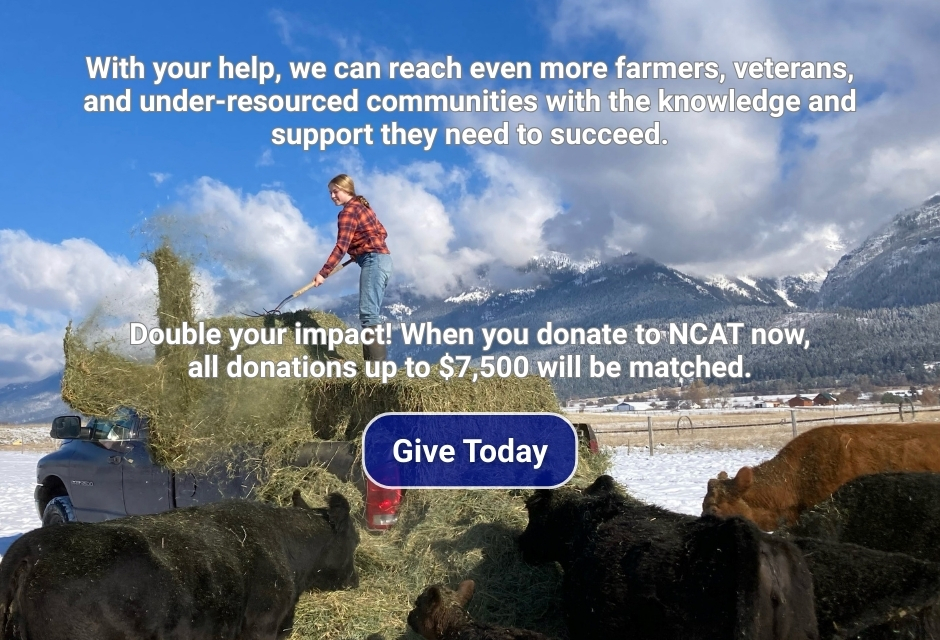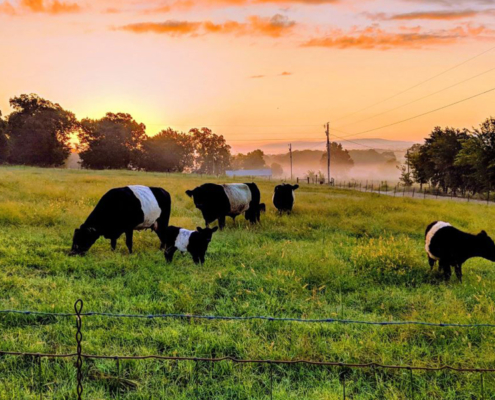
Getting Started with Livestock
My day begins with a hot cup of coffee and a quick check of our farm. What a thrill to find a new baby calf from our Belted Galloways, to watch the antics of our pig, to have my girls gather farm-fresh eggs, and to watch the goats grazing. Livestock bring life to the farm!
By Margo Hale, NCAT Southeast Regional Director, Armed to Farm Program Director, and Agriculture Specialist
By Margo Hale, NCAT Southeast Regional Director, Armed to Farm Program Director, and Agriculture Specialist
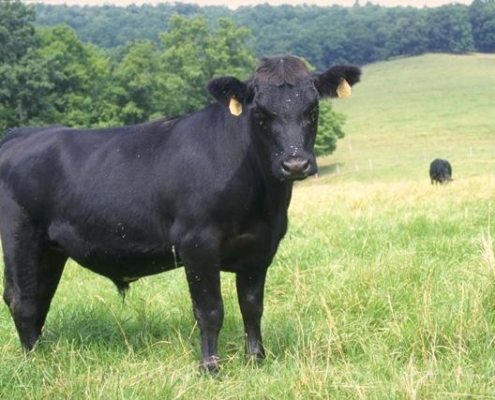
Livestock and Crops: Tyrel Obrecht’s Montana Angus Operation
Tyrel Obrecht is the fifth-generation rancher operating Louie…
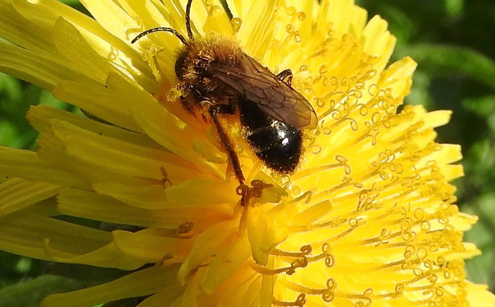
Beekeeping for Beginners
Are you interested in keeping honeybees or just learning more…
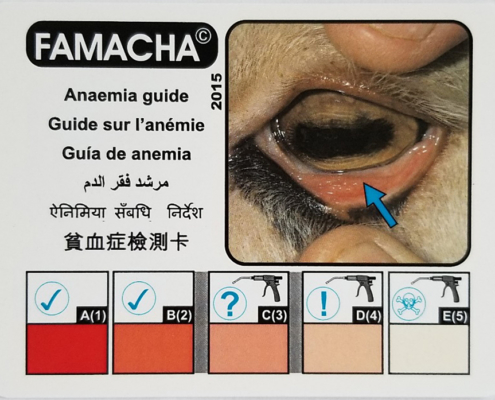
Integrated Parasite Management Training – Barber Pole Worm
In this webinar, livestock and sheep specialists from Montana,…
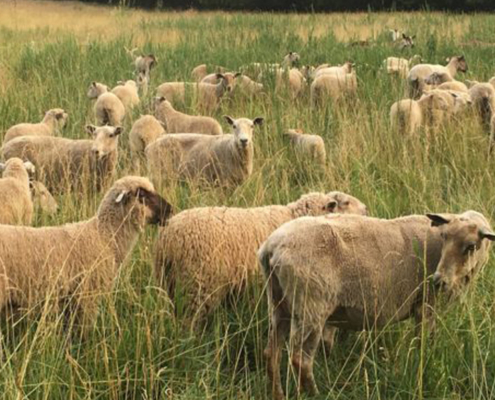
Healthy Animals, Happy Farm: Strategies for Sheep and Goat Care
What is not so much fun is when you have an animal that does not feel well. An animal that is lethargic, disinterested in grazing or in being with the flock, is depressed and slow-moving or having trouble standing is worrisome. Watching one of those animals makes me feel anxious to fix the problem.
By Linda Coffey, NCAT Livestock Specialist
By Linda Coffey, NCAT Livestock Specialist
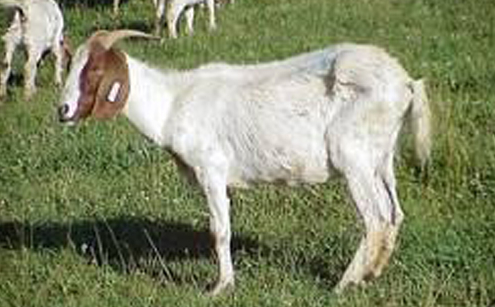
Episode 172. Small (Ruminant) Talk: Internal Parasites
In this episode of Voices from the Field, Margo Hale, NCAT’s…
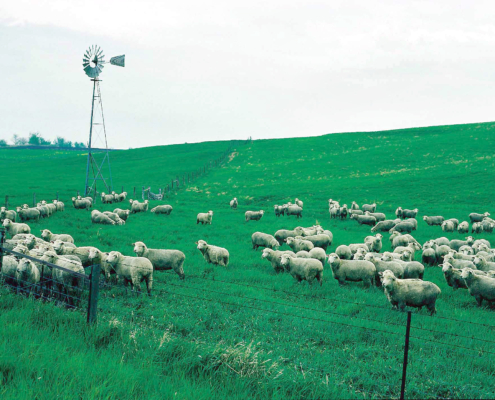
Tall Grass Grazing: Transition Off of N Fertilizer
Tall grass grazing permits a life without N fertilizer and the…
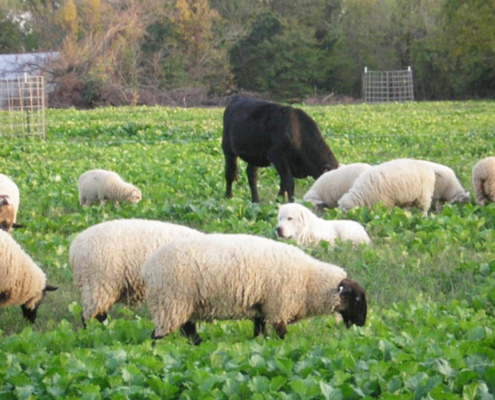 NCAT
NCATPractical Tips for Multispecies Grazing
This webinar will give you the tools and resources to increase…
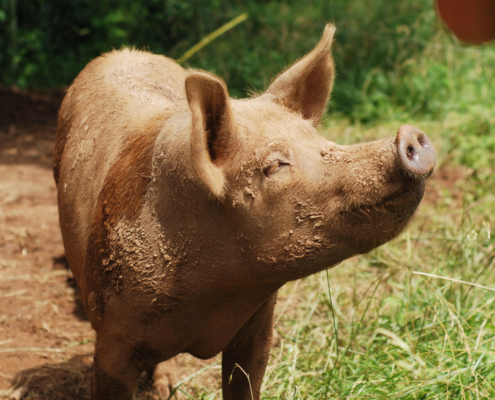
Managing Rotational Grazing for Pigs and Poultry
In this video, Lee Rinehart, a sustainable agriculture expert…
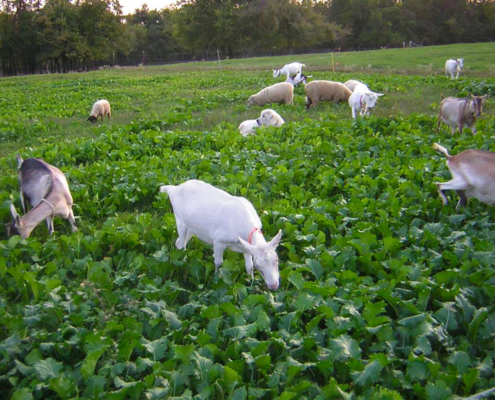
Interested in Letting Livestock Do the Work?
This webinar demonstrates how integrated crop-livestock systems…
Freshly Picked
NCAT Websites
Get Help
Ask an Ag Expert
Call us: 1-800-346-9140
Visit the Forum
Don’t Miss!
National Center for Appropriate Technology
Helping people build resilient communities through local and sustainable solutions that reduce poverty, strengthen self-reliance, and protect natural resources.

